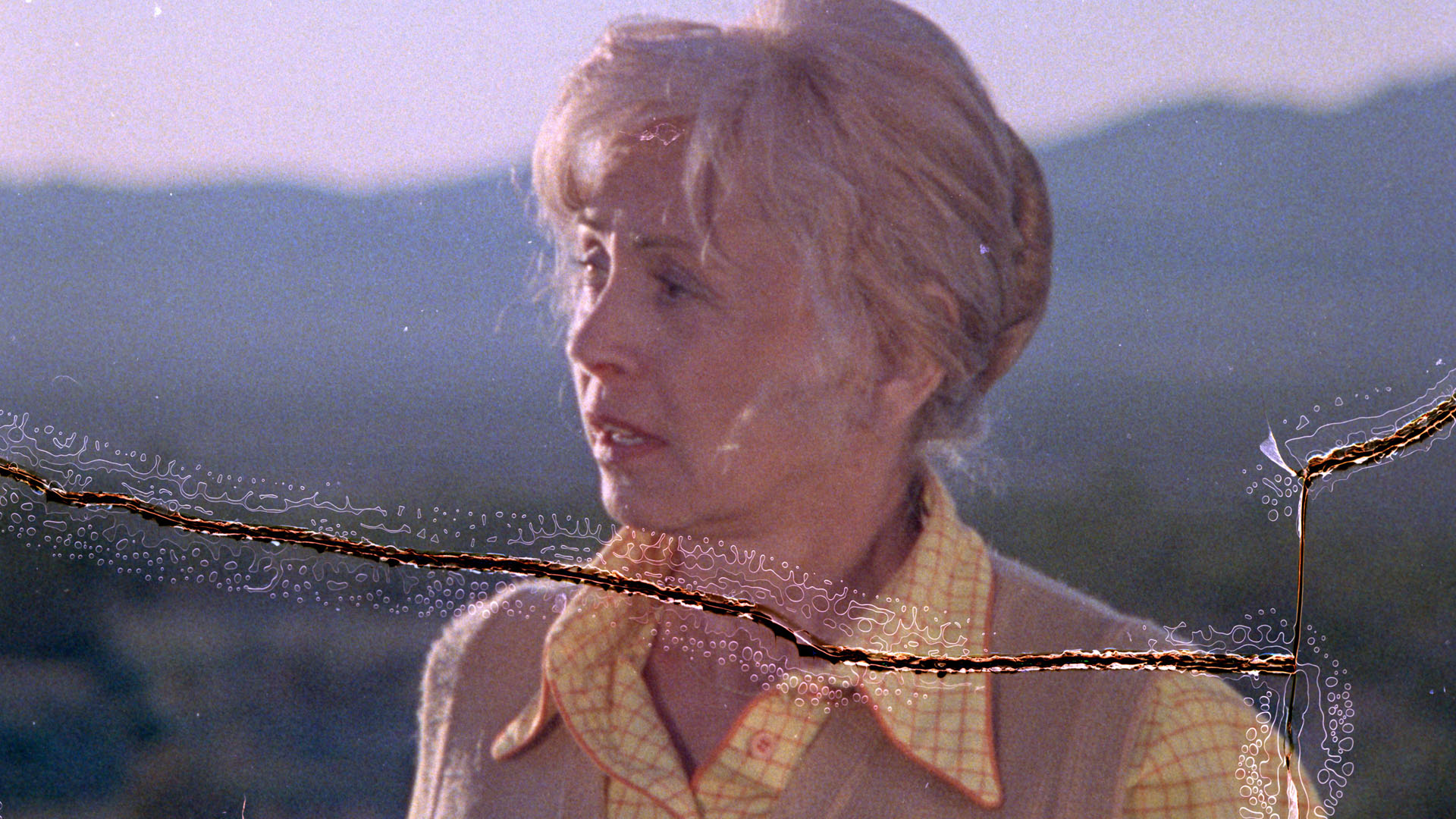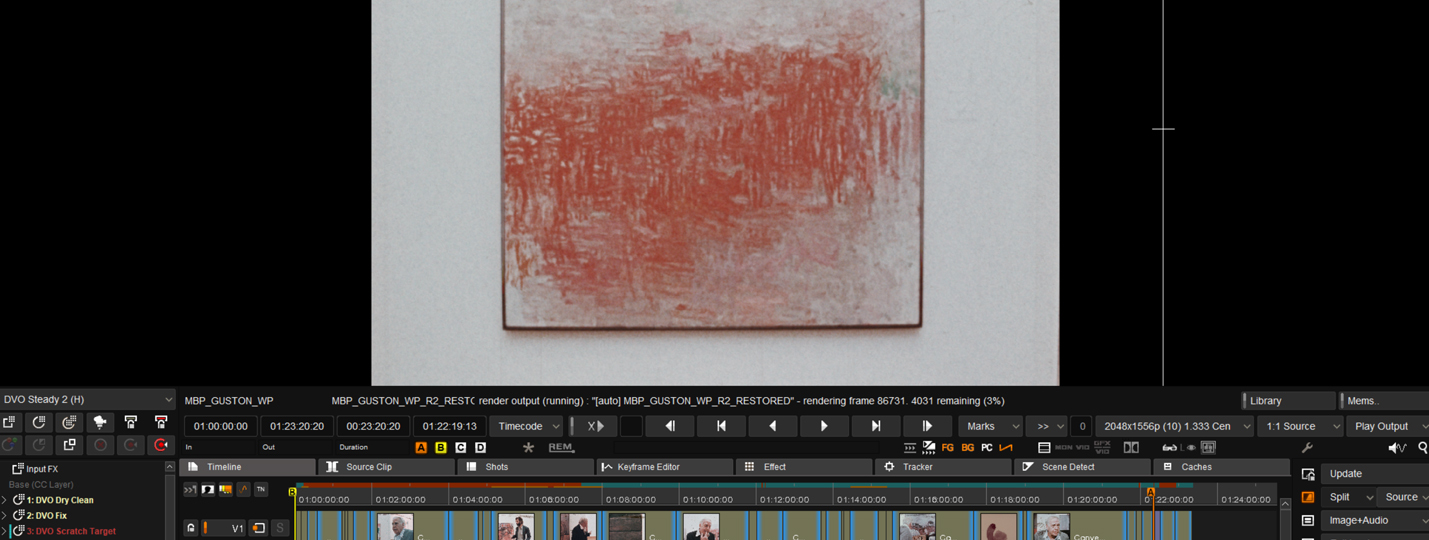

#Digital film restoration full#
You can watch the full video below which details the process from start to finish. Image from Foreign Correspondent (1940) via Gizmodo and United Artists Images from Jaws (1975) via and Universal Pictures The process, as detailed in a 2014 Gizmodo article and video, is actually quite fascinating in the painstaking time digital artists take to restore everything from grain to sound design to adding additional contrast and color correction as needed. One other neat part of the restoration process includes the work of digital artists to clean up and “fix” parts of classic films that have had debris or scratches mar their original negatives.

Sony has worked with restoration specialists like Park Circus to 4K restore films like Citizen Kane, Psycho, and Ghostbusters to name a few. Here’s a great article by Sony UK on their restoration process and examples of the 2k to 4K difference.Īs you can see, the image is sharper at the higher resolution with color and contrast more defined. So, if you blow up an image from film to 100x the size, the lines will look the same - just blurrier. There isn’t a resolution pixel count in film like there is in digital. Is it the same though as the film print? Not quite, but that’s because film doesn’t work in the same way exactly. Now, with the advent of 4K as the successor to HD, digital restorations are able to jump up to a much higher resolution. But that was ten years ago - what about now?
#Digital film restoration movie#
So to put that in perspective, if you’re watching an old “HD” DVD of your favorite movie (or ripping it online), you’re several steps removed from the original recording. A future remastering of the film coupled with a large 4K HDTV set could yield a viewing experience that lets you count the creases in bridles and the hairs on the horses’ heads. The above screen capture doesn’t even show off the true potential for detail the 65mm film master can provide. Images via How-to Geek and Metro-Goldwyn-Mayer

How-to Geek has a great write-up on how the process works and the inherent flaws in the early days of “ digital restoration.” Here’s a good example of DVD-quality remastering vs. That being said, when many of the classic films were first transferred to DVD (or “restored” in HD), they were still drastically dumbing down the quality and decreasing the amount of information contained in each frame. Without getting into a debate about how digital stacks up to analog recording ( we’ll leave that to Keanu Reeves to sort out), the celluloid process has historically recorded images at a much higher resolution than could be reproduced on DVD or Blu-ray. 65mm and 70mm were also popular and used for big-budget productions throughout most of the 20th century. The majority of film was recorded to 35mm film stock. Let’s explore how film works and what you really lose in those low-quality streams and torrents. The other part is the actual information that was contained in the original film. But part of the something lost is the aesthetics of it all. Not that we don’t get the same feelings when we watch a movie alone in our rooms. It’s been described as a collective dream state, but it also harkens to our own nostalgia and fantasies. The aroma of popcorn fills the air as the lights go down and the screen lights up. Psychologically, it feels different to sit in a theater surrounded by other people who are there to enjoy the same film in their own ways the same as you.

I had seen the film once before, but it was several years ago as a DVD-ripped Xvid played through an Xbox 360. To say the least, it wasn’t the same experience. I recently saw a 4K restoration of the Coen Brother’s film Blood Simple at an indie art house theater. It captures something that’s lost when you stream on your laptop. There’s something magical about seeing a digitally restored film as it was intended - on the big screen.


 0 kommentar(er)
0 kommentar(er)
